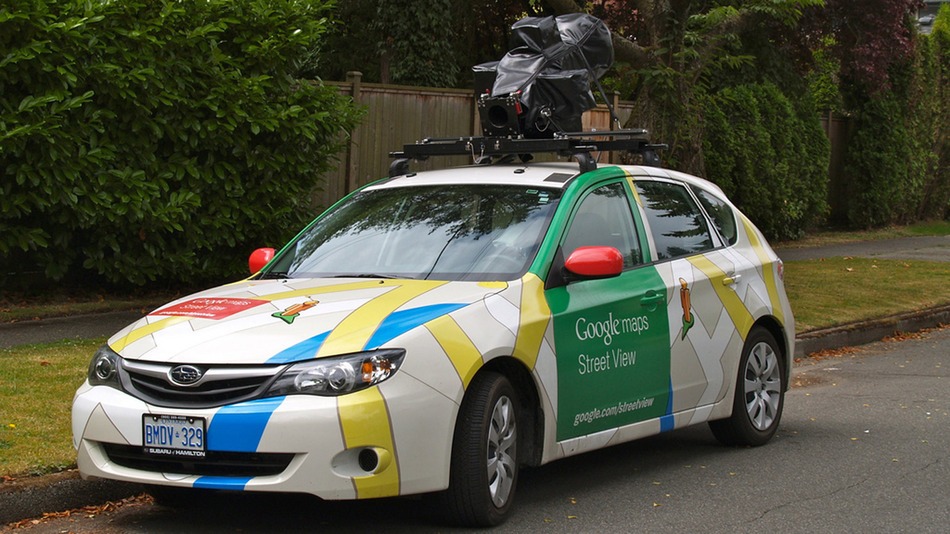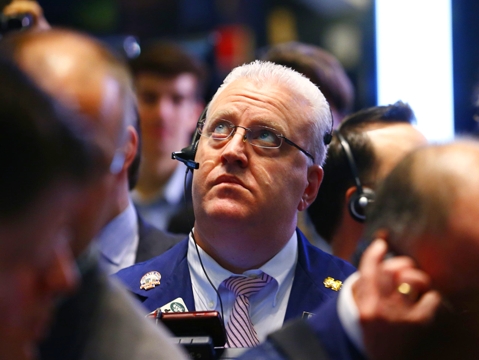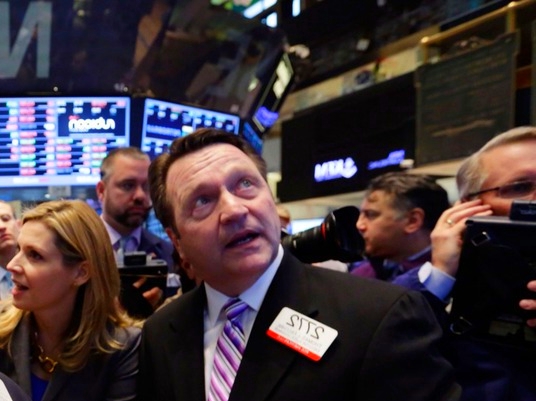Westar management announced a cost-cutting initiative via employee reductions to save $16 million annually (roughly 3% of total operating and maintenance and selling, general, and administrative expenses) beginning in the fourth quarter of 2012 and extending through the third quarter of 2013, given continued economic weakness and soft customer growth. Westar filed an abbreviated rate case in April 2013 to recover $335 million of its $610 million of LaCygne air quality project costs.
Management said it expects to file its next rate case, to recoup the balance of LaCygne project costs, in the spring of 2015. Westar has maintained an aggressive capital expenditure program and expects to spend roughly $900 million in 2013, primarily on environmental controls for its large coal generation fleet as well as on transmission to connect wind resources to load centers. About half of this capex is supported by favorable near-real-time recovery mechanisms limiting cash recovery lag. Westar remains conservatively capitalized with no lumpy bond maturities. The firm’s next $250 million maturity is due 2014.
Even with its large capex needs, we expect Westar to retain its investment-grade debt rating by keeping debt near 55% of its capital base (53% at the first quarter versus company target of 50%). Analysts project 2013-14 leverage to increase to 4.6 times (versus 4.0 in 2012) due to increased debt balances, which could decline given the increased likelihood of future equity issuance. Westar filed an S-3 in the first quarter enabling it to issue up to $500 million of equity via at the market, if needed.
If Westar continues raising the dividend $0.04 per share annually as it has done since 2008, we expect it will remain near the middle of management’s target 60%-75% dividend payout ratio given the cash constraints from its large investment program. As investment slows in 2015-16, we expect Westar will trend toward the higher end of its payout target. Capital Structure Westar remains conservatively capitalized. As the company pursues its aggressive investment strategy, favorable regulatory structures should allow Westar to finance investments as needed while maintaining the same capital structure.
In 2011, Westar completed its dribble program that resulted in issuing 11.7 million shares it priced in 2010, representing nearly $300 million of equity.In early 2012, it priced 1.1 million shares it expects to issue in late 2013. After that, we expect that Westar could need $250 million of additional equity in 2014-15 to fund its investment plan, including the $20 million-$24 million annual dividend reinvestment plan. We expect that Westar will issue the equity shortly before it files its next rate request in 2015 or 2016.Westar took advantage of the ultra-low interest rate environment in 2012, issuing $550 million of long-term debt during the first half. Its latest $250 million, 30-year issue went out at 4.1%.
Discover more from Tech News
Subscribe to get the latest posts sent to your email.











